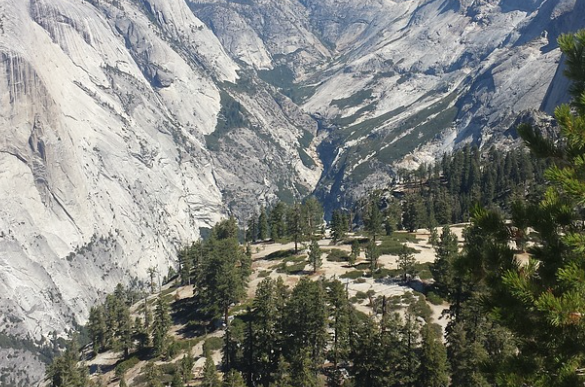
A projected increase of 3.6 degrees Fahrenheit (2 degrees Celsius) in the Southwest United States could cause an increase in the frequency and intensity of floods and droughts that would leave Southern California with water shortages in the coming decades, according to scientists at Loyola Marymount University and the Climate Change Science Institute at Oak Ridge National Laboratory.
In one of the most expensive and detailed regional climate modeling efforts, enabled by the fastest supercomputer (Titan) in the United States, researchers predict that by 2050, these rising temperatures will increase the amount of precipitation falling as rain rather than snow in the Sierra Nevada and Rocky Mountain ranges where Southern California imports 60 percent to 70 percent of its water supply.
This phenomenon will make snowmelt occur earlier in the season and reservoirs in the region will fill up earlier in the year requiring the release of water in the winter for flood protection purposes. The result: In the summer, when the demand for water increases, less water will likely be available even during wet years.
In addition to the increases in heavy flood events, the study also projects an increase in the frequency and severity of drought conditions. LMU professor Jeremy Pal, Ph.D., one of the lead researchers on the report, says, “Overall, average yearly precipitation amounts are not projected to change significantly by mid-21st century. However, given high year-to-year variability of California’s climate, increases in extreme wet and dry events, and snowpack reductions will critically impact water security of the region.”
Add to that a steep rise in the state’s population.
“The bottom line is that by 2050, when experts predict the state’s population will increase by 30 percent,” said Brianna R. Pagán, one of the other lead researchers on the study, “rising populations coupled with a lack of local water supply expansion could mean climate change impacts would leave the entire Southwestern United States more prone to water-supply shortages.”
The researchers on the study are Pagán of the University of California, Los Angeles; Moetasim Ashfaq, Deeksha Rastogi, Shih-Chieh Kao, Bibi S. Naz and Rui Mei, of the Climate Change Science Institute at Oak Ridge National Laboratory; and Professors Pal and Donald R. Kendall, Ph.D., in the Department of Civil Engineering and Environmental Science at LMU.
The research is currently on the Environmental Research Letters website.



